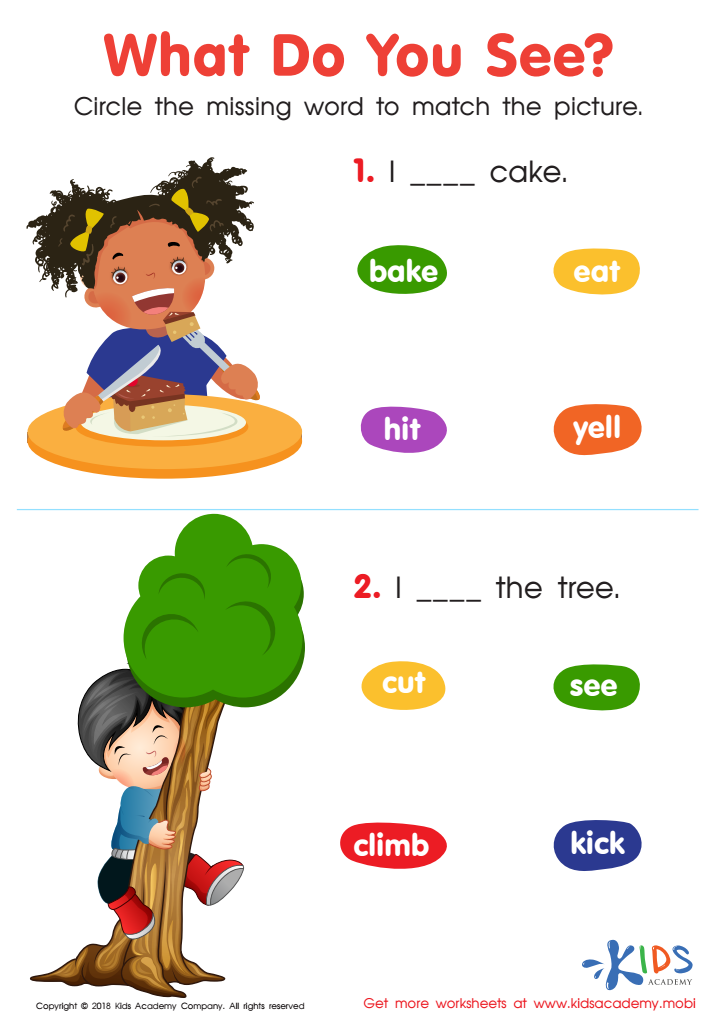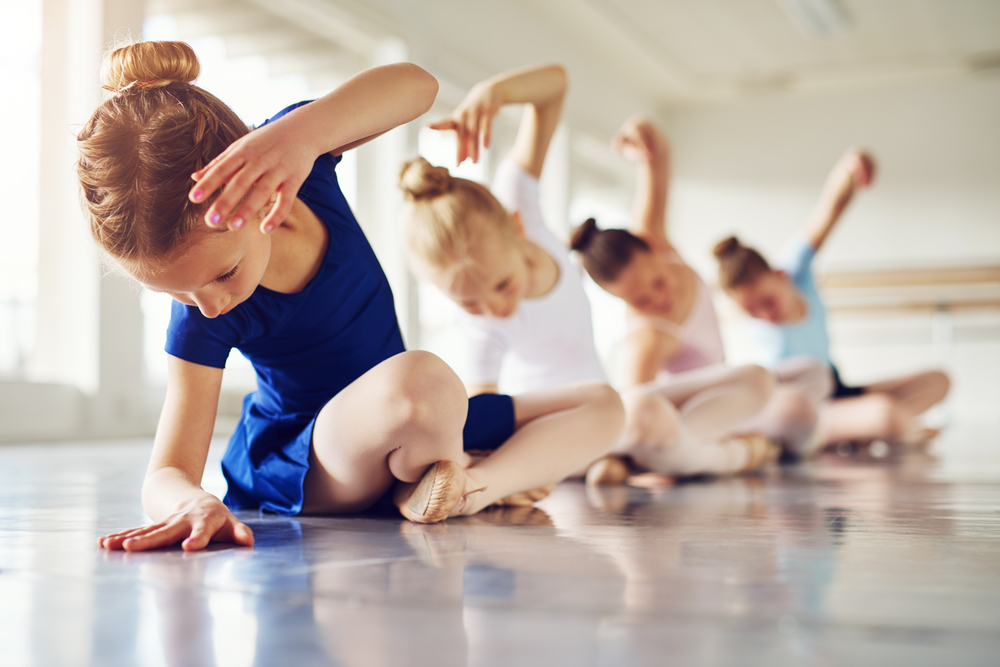Observation skills Reading Worksheets for Ages 4-7
3 filtered results
-
From - To
Enhance your child's learning journey with our Observation Skills Reading Worksheets, specifically designed for ages 4-7. These engaging worksheets help young learners develop critical observation skills through fun and age-appropriate activities. By focusing on visuals and interactive tasks, children will learn to identify details, recognize patterns, and enhance their comprehension abilities. Our worksheets are perfect for parents and educators looking to strengthen reading and analytical skills in a playful and effective manner. Encourage curiosity and keen observation with our thoughtfully crafted resources that make learning both enjoyable and impactful. Start shaping confident readers today!


What Do You See? Reading Worksheet


The 5 Sense Scientist Worksheet


Pair Pears Worksheet
Observation skills are crucial for children aged 4-7 as they form the foundation for developing various literacy and cognitive abilities. These skills enable young learners to notice details in their surroundings, learn to connect ideas, and interpret visual cues in texts. For parents and teachers, nurturing observation skills fosters greater engagement in reading activities.
When children practices observation—through identifying different elements in a picture book or noting changes in characters' emotions— they enhance comprehension and retain crucial narrative components. Enhanced observation leads to a richer understanding of stories, encouraging creativity and promoting critical thinking. Furthermore, effective observation invites discussion and curiosity, allowing children to ask questions about the text, generating a deeper investment in reading.
In this digital age, children are often inundated with information and images. Teaching them to observe thoughtfully helps filter distractions, enabling focused, mindful engagement with texts. By focusing on developing these skills early on, parents and teachers significantly contribute to a child’s overall academic success. Ultimately, honing observation skills in the early years sets the stage for a lifelong love of learning and reading, facilitating better communication and interpersonal skills in the future.
 Assign to My Students
Assign to My Students



















